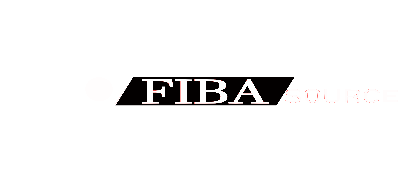Fibre Optic Cable Troubleshooting Guide: Common Issues and Solutions
Share
Introduction:
Fibre optic cables are a vital component of modern communication networks, offering high-speed data transmission and reliability. However, like any technology, fibre optic cables are susceptible to various issues that can affect their performance. In this comprehensive guide, we'll explore common fibre optic cable issues encountered in network installations and provide practical solutions for troubleshooting and resolving these issues effectively.
Common Fibre Optic Cable Issues:
- Signal Loss:
- Symptoms: Decreased signal strength, intermittent connectivity, or complete signal loss.
- Causes: Contamination on fibre optic connectors or end faces, fibre bends or breaks, or mismatched fibre optic components.
- Solutions: Clean connectors and end faces using specialised cleaning tools and solutions, inspect cables for bends or breaks and replace damaged sections, ensure compatibility and proper alignment of fibre optic components.
- Attenuation:
- Symptoms: Gradual decrease in signal strength over long distances, resulting in reduced transmission quality.
- Causes: Signal loss due to absorption, scattering, or dispersion of light within the fibre optic cable.
- Solutions: Use optical amplifiers or repeaters to boost signal strength, optimise cable routing to minimise signal attenuation, upgrade to higher quality fibre optic cables with lower attenuation coefficients.
- Reflections and Backscatter:
- Symptoms: Ghost signals, signal distortion, or data errors caused by reflections and backscatter within the fibre optic cable.
- Causes: Improperly terminated connectors, discontinuities in the fibre optic cable, or mismatched refractive indices.
- Solutions: Ensure proper connector termination and alignment, use high-quality connectors with low insertion loss and return loss, perform OTDR (Optical Time-Domain Reflectometer) testing to identify and locate discontinuities.
- Dispersion:
- Symptoms: Signal distortion or spreading due to different propagation speeds of light within the fibre optic cable.
- Causes: Chromatic dispersion caused by wavelength-dependent propagation speeds, modal dispersion caused by different propagation paths of light rays.
- Solutions: Use dispersion-compensating fibre optic cables or dispersion compensation modules, optimise transmission parameters such as modulation format and wavelength selection.
- Cable Damage:
- Symptoms: Physical damage to the fibre optic cable, such as cuts, bends, or kinks.
- Causes: Accidental damage during installation, maintenance, or environmental factors such as temperature fluctuations or moisture.
- Solutions: Inspect cables regularly for signs of damage, reinforce vulnerable sections with protective sleeves or conduits, implement proper cable management practices to minimise stress and strain on cables.
Conclusion:
Fibre optic cable troubleshooting requires a systematic approach to identify and resolve common issues that can affect network performance. By understanding the symptoms, causes, and solutions for common fibre optic cable issues, network administrators and technicians can effectively diagnose and troubleshoot problems to ensure optimal performance and reliability of their fibre optic networks.
By implementing the solutions outlined in this guide and actively promoting your comprehensive fibre optic cable troubleshooting guide on fibasource.com, you can attract organic traffic and establish your website as a valuable resource for network administrators, IT professionals, and businesses seeking to optimise their fibre optic networks.
